Innovations, Insights from a Seasoned Venture Capitalist
Presented by Maurizio Vecchione
at the 10x Medical Device Conference – San Diego, 2022
Maurizio Vecchione: It’s actually part of the Gates Foundation, and it uses a standard methodology to create stochastic statistical models that would predict the impact of a device that does not yet exist or an intervention that does not yet exist on a particular country against either seasonal or other factors relating to the disease.
This happens to be Madagascar. It’s simulating the presence of malaria and the impact on malaria on a new intervention relating to a next generation of mosquito bed net, and it’s a very simplistic, it’s a very simple problem, but this allows somebody designing an intervention or designing a product or designing to essentially simulate, using these kind of impact metrics, what is the likely impact that they’ll have? And at the Gates Foundation, these type of techniques are used to actually decide what to invest in, and so I’m telling you that because this is becoming now mainstream.
These kinds of approaches are becoming mainstream, not only in public policy but in in investment circles. So I run a venture capital fund as an example, and we’re using the same exact techniques to pick the problems we’re gonna be backing.
Note: The following was autotranscribed by otter.ai and got probably 80+ percent correct without edits. Interpret accordingly.
As I sort of come to perhaps a 30-year point in my career, in medical devices, both on the research side, and on the development side. And increasingly on the investment side, and the policy side, I thought it would be good to share with you kind of a mega picture of some reflections on what I think is just around the corner from us, predicated by a series of innovations that are really very likely to change completely in the face of medical devices that may be not in today. Now, medical devices is a very broad term. So not everything that I’m going to be talking to you today is relevant for everyone in the audience, I’m sure, an enormous data. But I thought it will be good for you to sort of think and reflect a little bit about some of the trends that I’m seeing convergence rapidly. And I think maybe ushering in what I would describe as a new golden age of devices. You know, most of you are probably very intimately familiar with the impact of software, and technology, and increasingly machine learning. I hesitate calling it artificial intelligence. Because it really is not intelligence. It’s not artificial. Machine learning. Statistical intelligence, develops correlations, not necessarily causation. But we’re about to see the next evolution of that which will go into cognitive intelligence and reasoning systems, which are likely to really change the way machines and humans interface. So, I thought I’ll title this conversation disruptive medical devices.
And I’m not entirely sure whether this conversation is going to be completely realistic, or completely coherent. So please stop me and ask questions, feel free to disagree. I thought about throw up a series of trends that I’m increasingly seeing as dominating the discourse in terms of the evolution of healthcare and healthcare delivery, as well as some of the frontiers that are encompassed in this in the medical device space. There’s a lot of talk about precision medicine, people define it differently. I’m not sure there’ll be totally believe the role of precision medicine in the future of healthcare outcomes. But especially in areas like cancer, increasingly, positive outcomes coming only when you apply precision medicine, of course, the basic tenet of precision medicine is you’re going to use genetic profiling to essentially customize treatments and other procedures. And that inherently means there are devices involved, and athletes involved in performing their precision medicine calculation, but this is going to become much more than that. And, and devices will take a role in precision medicine is not only to profile and been patients, but it’s going to become the way drugs are actually developed. And I’m going to come back to that the subject of treating sickness versus treating wellness. Preventing disease before it becomes disease is also an increasing factor. If any of you track my old boss Bill Gates, you may have watched his TED Talk and 2015. And in 2015, Bill predicted down to the economic impact, that type of virus predicted COVID pandemic. And he was off by maybe a year in terms of when it all happened now, how did it predict it? He predicted it, because when you look at these issues of prevention, you can pretty much see what is going to happen to the etymology of disease. And you can make some very important public health conclusions from it.
The other sort of mega trend that I want to call your attention is this move to clinical care. Increasingly, your doctor is this, and the relationship of patients to healthcare is completely changed. I was at the breakfast table, I was sharing a piece of data, I happened to be on a panel that is advising the British Prime Minister on the future of the National Health Service in the UK. And as part of that, there was a recent study that was conducted that basically showed that the push towards specialized care is increasingly counterproductive on the outcomes of the patients. And a particular aspect of this study showed us 77 0% of all patients in British hospitals will be actually better off being at home and be treated in primary care. So, you know, in different pieces, statistics, I live in Los Angeles, and the west side of Los Angeles, which is a relatively affluent, maybe 3 billion people section on the city has more MRI machines than the entire combined Western European total of MRI machines. Does that mean that the average West Los Angelenos is healthier than the average Western European? No, it just means we have a much more expensive healthcare system. This idea of immediately moving patients out of primary care, out of wellness care, out of preventive care into acute and specialist care is really becoming an issue both from a cost and personal perspective, and from a outcome’s perspective. And then the big one, you know, the word diagnostic, has been around for a long time. But really, we haven’t had the devices that are therapeutic. With some exceptions, you could argue with cardiovascular care, and a few other things, devices are performing therapeutic function. But the idea that the device could replace a drug, for some kind of therapeutic aspect is pretty new. And I will show you in a minute the trends in the science and technology that are ushering this new era of devices becoming therapeutic. These are some of the topics I want to talk about. I skipped a few, but you see them there. For me to into that, I like to come back to why are we in the medical devices business. And, and this is something that takes me back to a 10 plus years of investing Bill Gates as money for impact in general healthcare, delivery devices, spaces, you know, increasingly, and we’re just living through a crisis in population had through the COVID pandemic. Increasingly, the impact of the medical technologies that we’re all involved with has the potential to transform the world.
As a matter of fact, there are some technologies that are incubating today that could completely radically transform the way we think about disease on such a scale, that it would be planetary scale. We’re also increasingly seeing a convergence between the health of the planet and the health of the people on the planet. And if you happen to have attended the last climate conference, the conference in Glasgow, you may have been surprised to see a major crisis by the World Health Organization and a 500-page report that is actually looking at the impact on healthcare from climate change. And of course, a lot of people will say, okay, you know, because the climate is getting warmer, and we’re going to have mosquitoes in places that we didn’t have mosquitoes. So maybe we’ll have malaria in places that didn’t have malaria. By the way, there’s malaria in Florida. At the moment. You might have heat strokes in places that don’t have heat strokes and so on. But it’s actually much more dynamic than that. If you think about it, the planet is a Petri dish. And we’ve found out the heat and so there is accelerated genomic and evolutionary pressures on pathogens and disease. And if you think that it’s an accident that we have a pandemic now, or if you think that it’s an accident that over the last 15 years, we had 22 pandemic potential bugs emerge when we didn’t have any for the prior 100 plus years. Well, let me tell you, it’s not an accident. So, this idea of One Health, the idea of zoonosis, and diseases that escaping from animals to humans, of course, I’m talking about effective diseases. But this has effects on a bit of theology across the disease space. I wanted you to think a little bit about the impacts of what we’re doing. And for a different reason, in addition to sort of being humanitarians and high mining, during the 10 years of investing almost $30 billion in medical devices for Bill, I discovered the correlation. And the correlation is from a business perspective, the biggest was the impact of our products and devices, the biggest source of performance, financial performance, and the outcome of the company so we build. Some of our biggest unicorns that come out of that effort were companies that achieve the highest human potential human impact. And so, I would argue to you as you think about these megatrends, as you think about the next thing, as you think about the evolution of your products, think about their impact, because high impact might just be a great business strategy to ultimately achieve global scale. And if you don’t think about the impact, then you have to think about impact in the quantitative way. You know, I probably have 50 business plans on my desk for new devices, new products, and every one of them started by saying, we are solving X problem, and it’s the most important problem to solve in medical history. Well, I’m not trying to say your disease is more important than that disease.
But you need a methodology to try to really assess the true impact of some of these products. And so my thesis around the strategy for high impact innovation centers on the concept of modality. And if you’re not in public health, you might not know what that means. But this was a metric of impact that was actually developed by Gates. It was subsequently adopted by the World Health Organization, and it’s in use to measure the impact of disease pretty much across the world, in Delhi stands for disability adjusted life years. And, you know, when you think about a disease, and when you think about a human, we have a sudden life expectancy, in that life expectancy is affected by the times when we are sick. And you could essentially calculate the number of years that we lose from sickness. And that’s the measure of the value. And I can tell you a recipe for how to ensure that your product is disruptive, and scale embedded, scalable, and that is to maximize the number of calories that you save, at the lowest possible cost per gallon. When you achieve that you almost by definition, have products that will transform the world. And so, the reason why I’m telling you all that is because you can incorporate these types of metrics into creating pictures like this, this is the entire global burden of disease. For the entire world. The size of each box represents the area, which box represents the impact that the disease has expressed in down, upon the left blue box is IHD, that’s ischemia and heart disease. And not surprisingly, you can see that, that’s one of your largest areas of impact. If you could eliminate it, maybe combining it with stroke. If you could eliminate it, you’d be close to eliminating the border of our normal bone disease expressed the tally. Some of the highest impact companies that I’ve seen execute successfully map the products into these title pictures and make decisions of where to put investments and where to put market strategies based on these actual and projected impact areas. Now of course, it’s easy to say eliminate ischemia heart disease is a high impact thing. But then the real question is, what do you need to do to make a difference in that particular box. Yes, what is the question?
Rob Packard: I have a little trouble reading the graph, but I think it says this is to 2017. Is that correct?
Maurizio Vecchione: Yes, my plot is a little bit dated.
Rob Packard: The diabetes portion is has exploded recently. So, we really need to look at this real time as well. Right?
Maurizio Vecchione: You’re correct. And it’s for that reason that I created in about eight years ago, I created a Public Benefit Research Institute called the Institute of Health Metrics and Evaluation. It’s run by Dr. Personal Rafe previously from Harvard. Now at the University of Washington, if you go to ihme.org, or you will do a search around the global burden of disease, you’ll actually see an open database, yes, the world’s largest repository of tally data. And you can see an open database that you can actually use to make these kinds of assessments and not only you will use it, but every government uses it. And every multilateral uses it. Anytime you see a piece of data that says the coordinates of the prevalence of certain diseases X or Y, it comes from the ihme dataset. And they are constantly updated and it is real time. And in parallel, you can see off to the right there, those sort of intensity of the colors, they represent the speed at which a particular condition is increasing or decreasing, you’re right. It’s a very dynamic process, but the data is all open.
Joe Hage: I’ll just say, I’m just going to say that. I know you’re all fascinated with him. And I know he has more slides than we had a lot of time for. Go over. And I encourage you to ask him questions, because yes, he is fascinating.
Pablo Prado: I am Pablo Prado from Livivos. I was just asking, what’s the color code in your…
Maurizio Vecchione: Yeah, the column called the Blue is non-communicable disease, the red is the effective disease. And the green is other condition like car accidents. And again, the intensity is the growth rate. The darker ones are growing, the lighter ones are shrinking. Okay, and but again, this is just a snapshot, okay, you will get very different pictures, if you ask the question about this burden of disease for the United States, or for the Western United States, or for, you know, Africa. And you will see massive shifts, which eternal think about what that means, it means that different parts of the world, different populations are dealing with a different burden of disease that we are at, if you’re going to be designing devices, or designing for a new pack, you have to keep all that in mind. Okay, now, I’m going to give you a glimpse of how far you can take this. This is out of another institute that we created a Gates, it’s actually part of the Gates Foundation. And it uses the stallion methodology to create stochastic statistical models that will predict the impact of a device that does not yet exist. Or an intervention that does not yet exist on a particular country against either seasonal, or other factors relating to the disease, this happens to be Madagascar, it’s simulating the presence of malaria and the impact on malaria or a new intervention relating to the next generation, mosquito bed net. And it’s a very simplistic, it’s very simple problem. But this allows somebody designing an intervention or designing a product or design to essentially simulate using these kinds of impact metrics, what is the likely impact that they’ll have? And at the Gates Foundation, these types of techniques are used to actually decide what to invest in. And so I’m telling you that because this is becoming now mainstream, these kinds of approaches are becoming mainstream, not only in public policy, but in investment circles. So, I run a venture capital fund is an example and we’re using the same exact techniques to pick the province we’re going to be backing. And again, with a desire to maximize the impact. Okay…
Joe Hage: I’m just close enough. If you go back to, I was, one more place. I was intrigued because I was watching the day count. Yeah. And it went red where it was most intense to bluer and I was assuming that was the positive impact of your intervention, but then we’re ready again for blue again.
Maurizio Vecchione: Yeah, you’re actually see because it happens to be talking about malaria, there is a seasonal factor due to the fact that malaria is spread by mosquitoes and as the wet season, Madagascar, there is a climate and weather component to the measurement of this impact. And that’s why you need very sophisticated simulation. It’s not just the presence of the intervention, but it’s what’s happening to the disease all in the dynamic fashion.
David Giles: Got a question, Dave Giles from Battelle. Going back to the terminal boxes, a lot of those are lifestyle related. So, does this mean that we are misallocating resources as a society by focusing on medical devices as or pharmaceuticals as a therapy, versus treating the lifestyle?
Maurizio Vecchione: Perhaps, that’s why I want you to see this, because when you start looking at these kinds of pictures, then you can ask some fundamental question whether you are on the product development side, and you need to think about the impact of the usability or the positioning of your product. You know, and it goes back to the comment I said, at the beginning, when people start talking about prevention, you know, you might have a much higher impact on the world preventing some of this disease with lifestyle. By the way, that doesn’t mean devices are not important. One of the most successful areas of implementation of devices is behavioral therapies that are actually looking at those kinds of implementation. The reason why I want you to think in terms of impact, first, I want you I’m advocating is because I think it will get you to develop the strategies that are the most impactful and most effective at the end. And I think, by the way, that concept affects any area that you’re involved, whether it’s regulatory, whether it’s product development, whether it’s research, or whether its business.
Rob Packard: My name is Rob Packard, I think that’s exactly the right question to ask are we misallocating resources? Put it in the context of FDA submissions, which is what I specialize in. When we have clients with an innovative technology, they automatically think, Oh, this is a breakthrough device designation. In the requirements for a breakthrough device designation, they ask for is what life-threatening disease are you treating with this device? And where’s your clinical data for this? But one way to twist his show, it really has more impact on society would be? What is your daily impact?
Maurizio Vecchione: Absolutely. And again, when you start thinking about at the level of quantitation of valleys is you know, you have to sort of realize that I’ll give you an example. During cancer, of course, it has a big dally impact. Okay, but is anyone most likely to achieve that? By itself? Probably not, it needs to live inside a continuum that will in aggregate, contribute only maybe one specific type of cancer or one stage of the cancer, etc. The devil is in the detail. And when you actually start translating the value of innovation that I saw, you need to really ask the question, what are the gaps that science and technology hadn’t filled? That causes this to be such a big box? Okay, and maybe that the answer is behavioral, or lifestyle, okay, or a combination of factors. And then by the time you get to the FDA, and by the way, I’m a consultant with a number of the FDA groups right now on this very topic, because they need to be equipped to be able to assess the impact and it gets very specific. That’s why we went through the trouble of Gates to actually build sophisticated models that could give us a prediction on the specific intervention, the specific product in a specific geography in the context of whatever disease, you’re tracking. Now, this is over the top sophisticated and against we had 200 people developing state of the art, you know, statistical and predictive models to do this kind of things. But you can do a quick and dirty version of this, that I actually have in all of the companies that I’ve invested in, we tried to drive a methodology inside the management team thinking. As we now sort of take these impacts, and we started thinking about where and what can we do with devices to try to drive these impacts, you know, I like to think in terms of cost, and ease of use as sort of a parameter space.
And what has happened with the introduction of technology, as well as all of the revolutions around omics and other sort of biological sciences, life sciences, really the emergence of system biology, is you’ll be able to take things that were historically high cost and historically difficult to use require physicians or physician radiation to utilize and they’re slowly moving to the point of care, which means that moving up the axis of ease of use and now abandoned dramatically come down in costs. And so, the yellow box there, which really is the thing you need to move care outside of the hospital setting or the high-end setting, and move it into the customer, the customers hand, the home. And the decentralized setting is one of the key frontiers we’re seeing in devices. And I’m going to just leave you with a couple of examples that I consider case studies on how that evolution is occurring. This is a premium product not yet on the market, but it is already in front of the FDA. It happens to be a company that I incubated in my current research effort. And it’s intended to address a number of those big boxes that you saw before. Specifically, it’s focusing on ischemia, heart disease, and stroke. And what you’re seeing is a wearable device that is, probably if the clinical data supports, it will shape up to be the best stroke detector. And it’s entirely available as a point of care devices automated. This is a device that can look inside your head, and actually determine the very precisely the blood flow patterns. And can tell you if you have a stroke, where you have a stroke in approximately 60 seconds. And it’s intended to dramatically affect the way stroke care is provided. Because today, when an ambulance comes, if they suspect that you have a stroke, it’s based on visual interpretation of certain symptoms and a scale.
And chances are, the ambulance is going to take you to the nearest hospital, and the nearest hospital may not be equipped to do procedures that could come back to me, which is the thing that is going to save your life if you have a large vessel occlusion stroke. And if you get to that thrombectomy, after about two hours on the answers to stroke, your outcomes are very, very poor. Which is why stroke is such a big box in that valley better than ever before. On the other hand, if he gets you to a hospital that can do that dramatically within that two-hour magic window, when you are going to be almost completely recovered. And so, this is a device that ultimately will be in every ambulance. It has a cost because it’s slipstream behind consumer electronics, product lines, that is sub $500. And it’s an automatic way of deciding what kind of stroke you have, and where do you need to be taken. This is an example but here’s where some of the magics that’s happening. Well, we can see inside your brain with a device like this, and it’s using a new technology called harmonic excitation.
But it turns out, we can also not only see the neurons, but we can poke the neurons. And so, this is a device that utilized in a slightly different way becomes therapeutic. And some of the indications that are currently in front of the FDA are neuropsychiatric disease, therapeutic for Alzheimer, and therapeutic for breakers. And it’s because a device that can essentially reach inside your brain and touch those neurons and create harmonic excitations has the ability to do cell lysis on cancer and has the ability to do neuro stimulation on neuropsychiatric disease. And it’s all a wearable piece of product. Now, there are techniques to do these kinds of things. Today, they involve roomful of equipment, and hundreds of 1000s of dollars per see. And patients having to do extenders six times a week, visiting hospitals, that can now all come to a sub-treatment, automatic treatment at home. This is an example of what I mean when you start thinking in terms of the problem areas. And you start thinking about the convergence of these technologies, what can be achieved in some of the technologies that are making these kind of things possible, listed right on here, the idea that you can incorporate the advances in omics with advances in tissue engineering and cell biology with personalized constructs, including the ability to create personalized disease models, and so called organs on a chip, all combined into personalized biomaterials in turn enable the construction of these devices that are the sort of highly convergent capabilities. And to give you a separate case study, I’ll tell you a little bit about the work that Terasaki institute is doing on organs on a chip.
Joe Hage: I’d like to ask about that. Who is that? Is that a company you’ve founded?
Maurizio Vecchione: No, the Terasaki Institute is a non-profit, loosely affiliated with UCLA. It runs a research center that we’re pioneers on Dr. Porter Sack a pioneer in transplantation. And they are now developing a lot of personal medicine, technology as a research institution.
Joe Hage: How did you become involved with that? How did that transition from what you were doing to this? So how did you become involved with it?
Maurizio Vecchione: Absolutely, Seattle, my real home. I was in LA and the Terasaki Institute is a fantastic place that is doing really leading-edge research. It’s a good place for me to bring some of my academic research and I focus on helping them develop a research program that is ultimately highly translatable and can spawn company. NICU Terasaki is a research center at some incubator, and accelerator.
Joe Hage: I’ll say that the end to celebrate, I made the executive decision on cutting it in coffee break, so we can hear and speak some more, right.
Maurizio Vecchione: And I’m almost done, you may have heard of assays that mimic organs and an ordinary behavior. But increasingly, you can create assets that mimic human disease, such as cancer and you can integrate those into other in vitro models that can mimic metabolic functions and other functions in the competence of optimizing drug treatments or discovering drugs. And because this is a human, the translation from model to reality is dramatically better. And this is what I’m showing you here is the future of drug discovery, in the translation for most animal models to humans, is less than 7% for drugs, which is why it costs so much to development, new drug and many fail, in later stage, you can kind of skip all that, and go directly into these sorts of personalized models.
And, you know, you can put these things inside microfluidic circuits that can mimic function, but more importantly, produce data in real time. Think of this as a organoids bio reactor that are creating living human organs and are integrating them with living human disease. And you can study those interactions in real time using these kinds of systems. And to give you a sense of where the tissue engineering has gone, this is artificial heart tissue, you can see it naturally starts pulsing and you can look at cardio toxicity. And finally, individual assays using this kind of technology. And, and we can do this from liver, and look at metabolic functions. More importantly, they do this for the immune system, and studying things like cancer immunology directly onto this onshore construct. As you can imagine, when you combine this with big data, when you combine this with genomics and personalized medicine, we are now at the point that places I can be honest, if you’re a cancer patient, you’ll be able to go inside MD Anderson, they will take a biopsy of your cancer, that will create living organoids, that they’ll put aside machines that can generate essentially hundreds of 1000s of replica. And they will test every chemotherapy drugs across for your specialized treatment. And they will do that in a matter of days.
And the outcome changes when you do that is the difference between a one size fits all treatment to a highly responsive, specific treatment. And that’s what we’ve looking at this for the future, new drugs, discovery. These are devices that are becoming tools for drug discovery, as well as they’re becoming therapeutics by themselves. And this is just part of a recently published study, where we actually predicted using this vitro construct, we predicted some of the most spectacular cardiovascular drug failures. And it couldn’t be done in vitro at the very beginning. Because we could see in the living organoids the cardiac toxicity that they weren’t so awesome here, what I hoped of these years.
Joe Hage: In more than two years. I’m wondering, you inspired, and people want to get that guy’s contact information. I know. How do you choose which of that many projects to work on first? How do you make a choice when your time is limited?
Maurizio Vecchione: I use that impact metric. So yes, some permutation of that concept, basically all you could spend your life chasing any one problem. And I’m telling you if you chase the high impact problem and if you look, find the problem in front. That’s the other issue, especially research, I see all the time researchers that have made a breakthrough. And then they ask the question, we’re going to do this. And some of our most successful programs can when we submit the problem, and we define the problem, and we take scientists from an interdisciplinary area and put them in a room saying, here’s the problem we can solve. Okay, if you solve that, we have a business, we have a funding, we have other things to really allow for this. And that idea of doing problem first development, you’ll be surprised how few people actually do.
Jan Gates: A quick question, sounds a little bit strange, I’m Jan Gates from PackWise Consulting. But 23 years ago, there were doctors trying to do what you were talking about with the cell technology in individualized chemotherapy and everything. And they were banned from medical practice. How did you get pass that with the FDA and the doctors and stuff.
Maurizio Vecchione: It’s the predictive value, you know, you can do subculture and look at drug susceptibility of the individual cells. And that is predictive to the limited extent, drug companies do that all day long. Physicians may not be necessarily doing that, but within drug discovery industry, that’s one of the key techniques. I think the understanding of biology, Cell Biology system biology, when you’re looking at something like that cardiac tissue is showing you another discipline that is also highly disrupted called tissues engineering, because the functioning of the cardiac tissues, not just subsets. When you go back to the example of the neuro stimulation technology, the functioning of a technology is not just based on sub-neurons, it’s based on the entire coexistence of those multiple cell types in a living tissue. And that’s why the technology has evolved to really replicate the complex living organoids that exercise and physiology that is associated with those. It’s only at that point that you also gaining predictive value. And in fact, that these technologies are now becoming common place will allow us to simulate it like there are machines that literally have this in the box.
Joe Hage: Please, thank my fascinating friend Maurizio Vecchione.

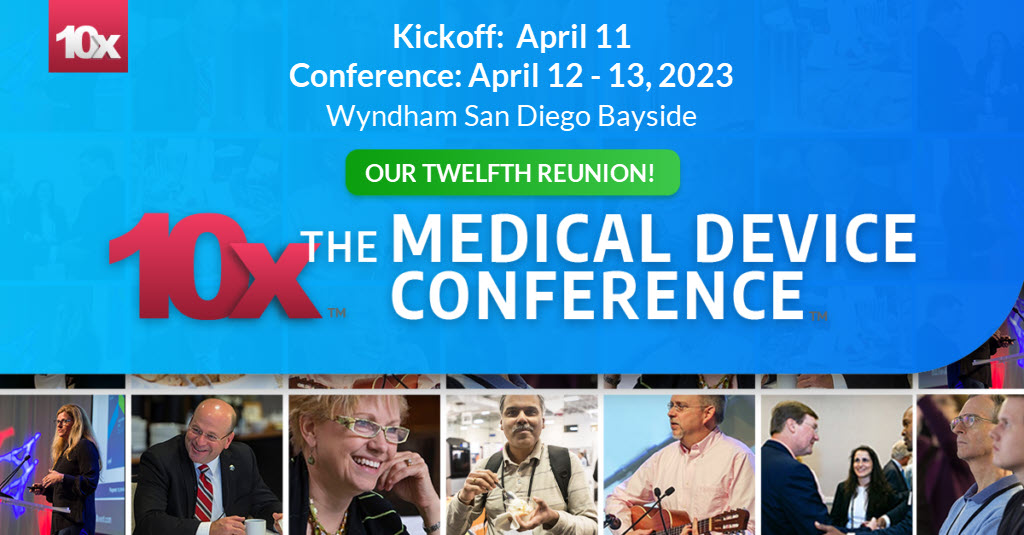
















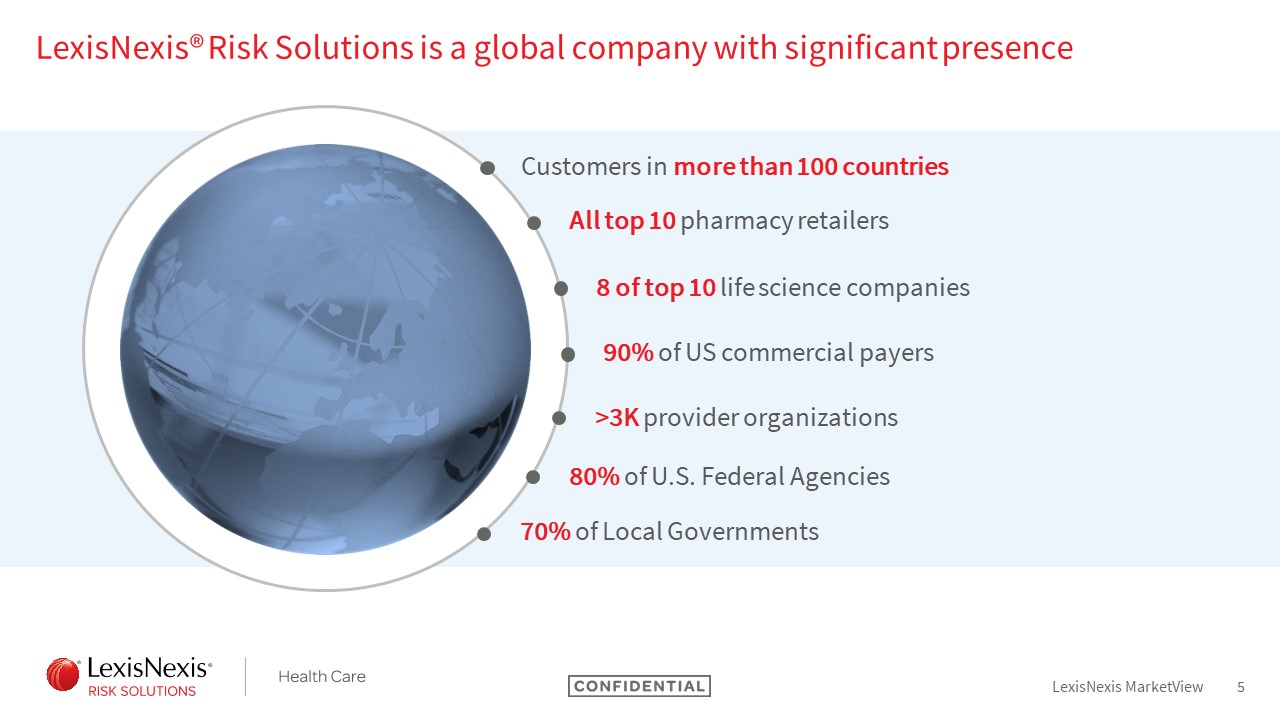
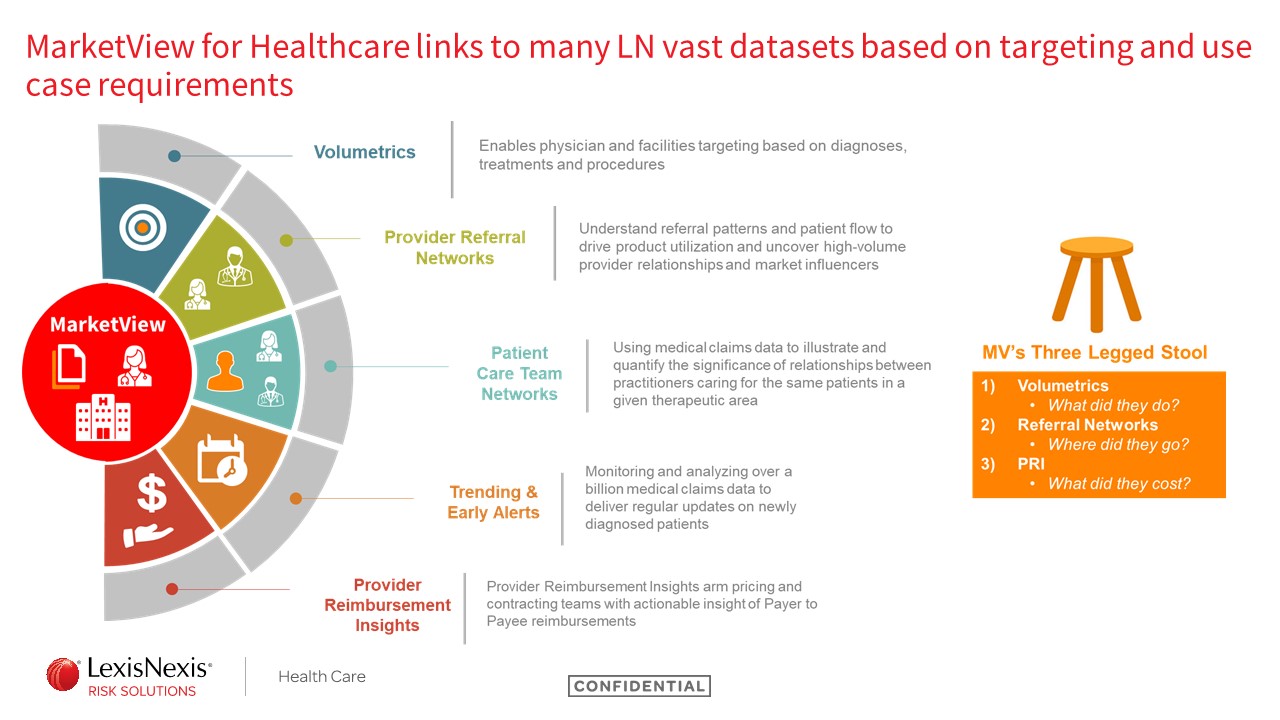
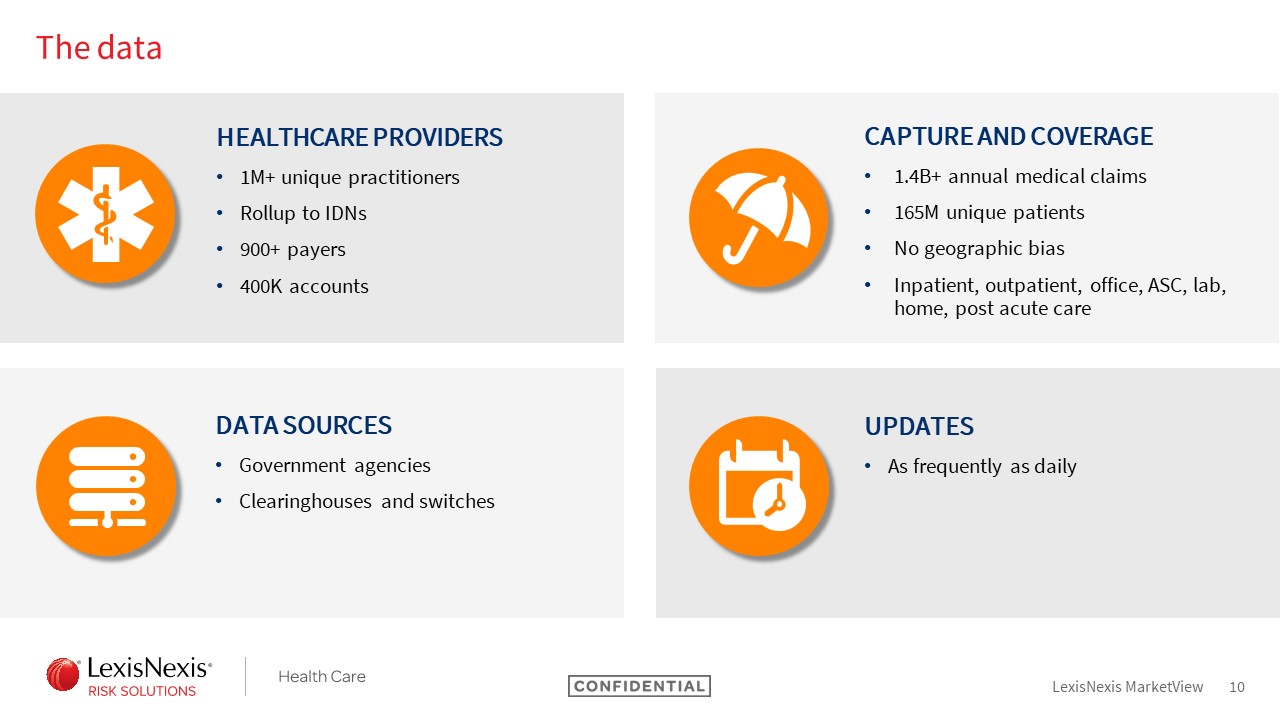
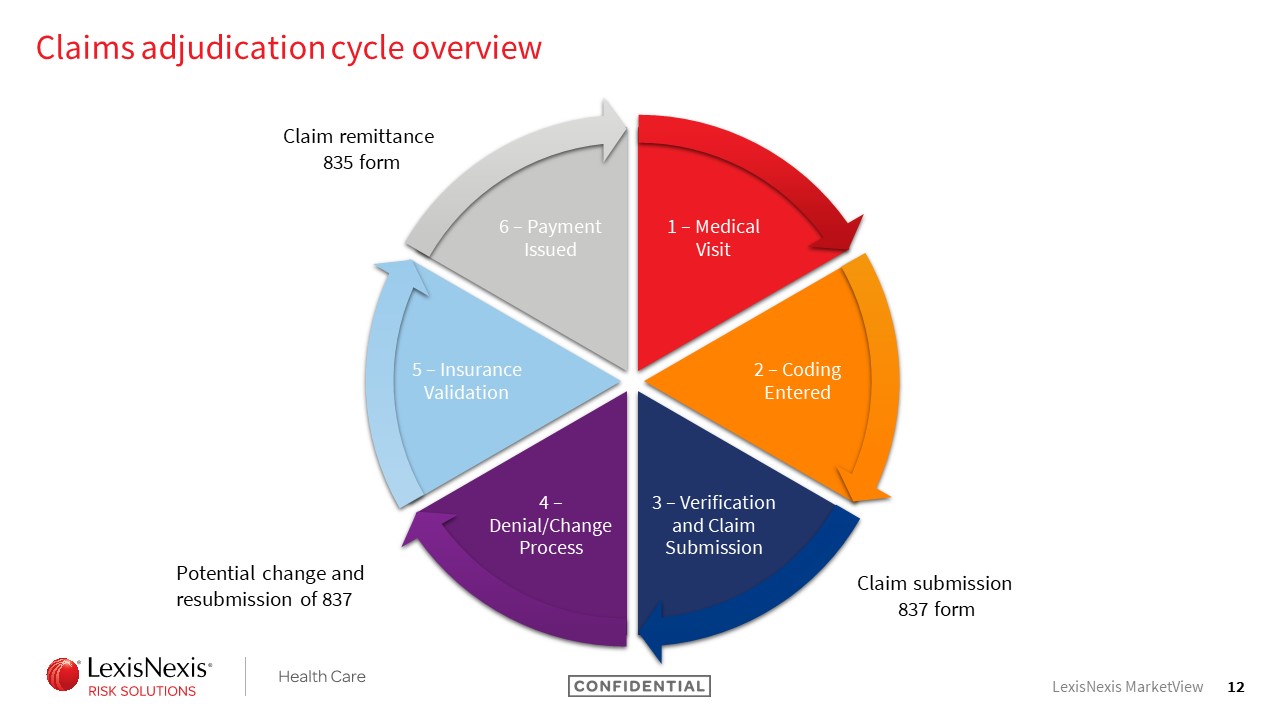
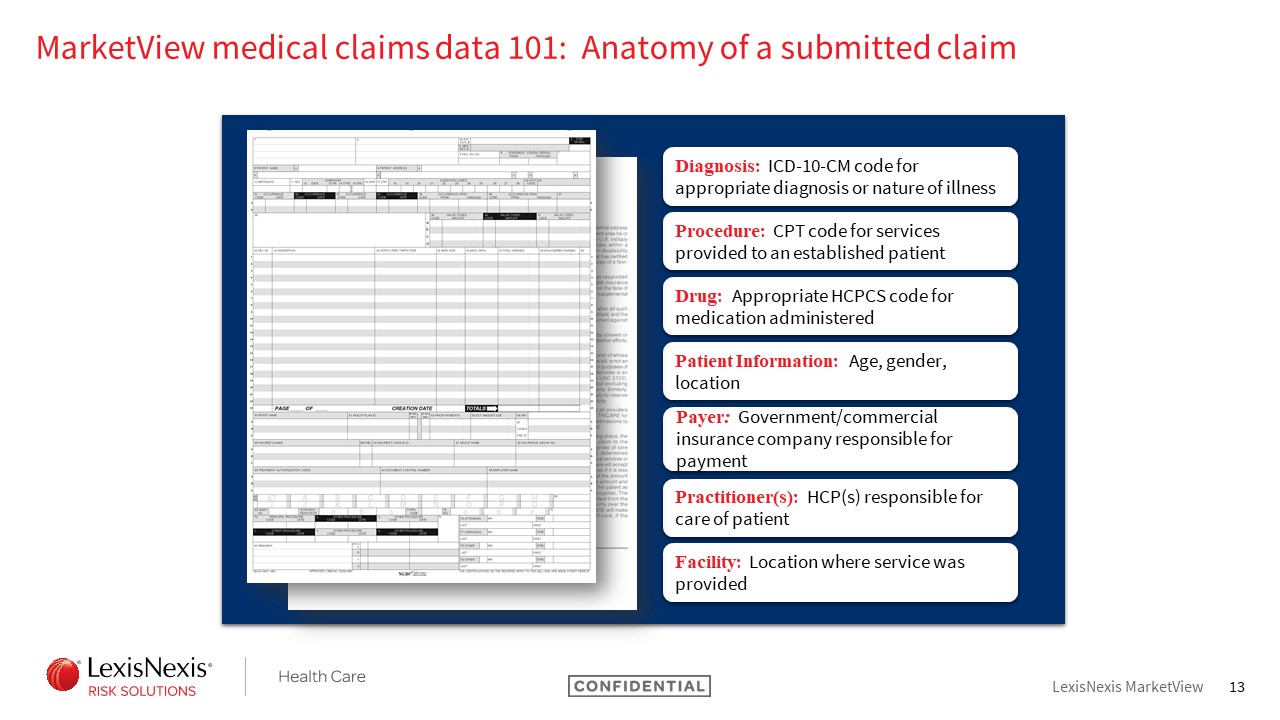
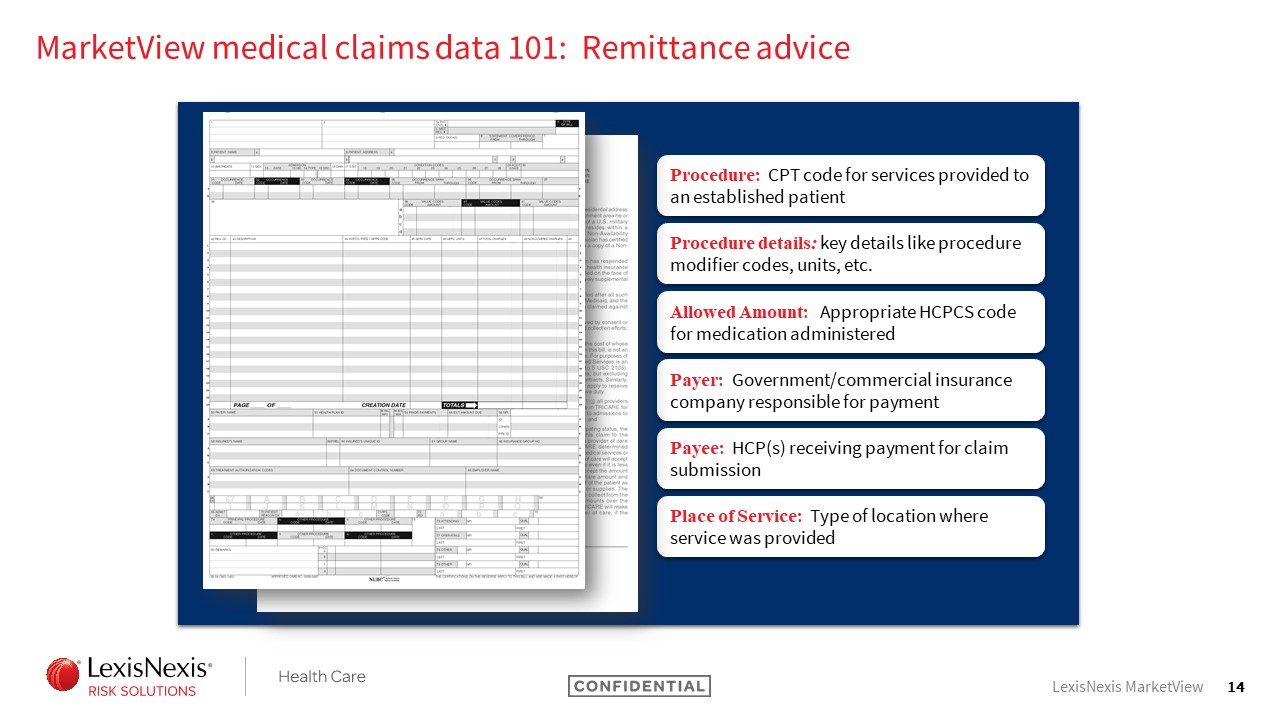

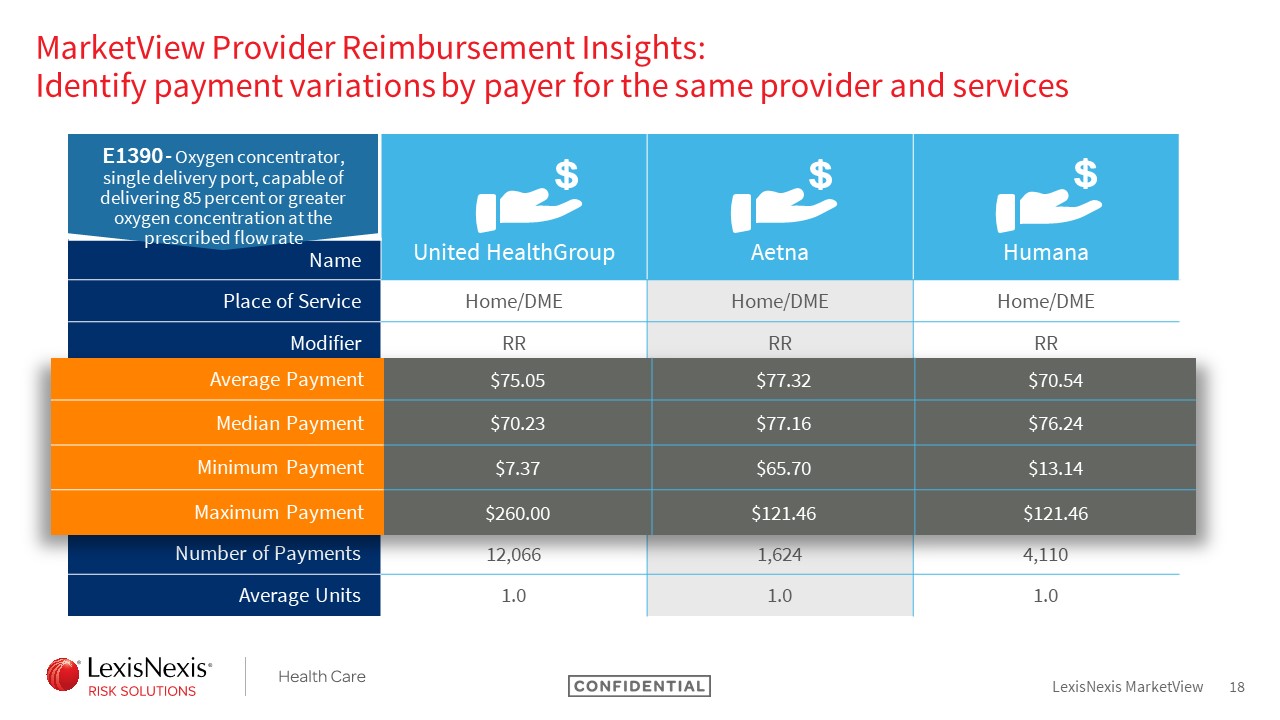

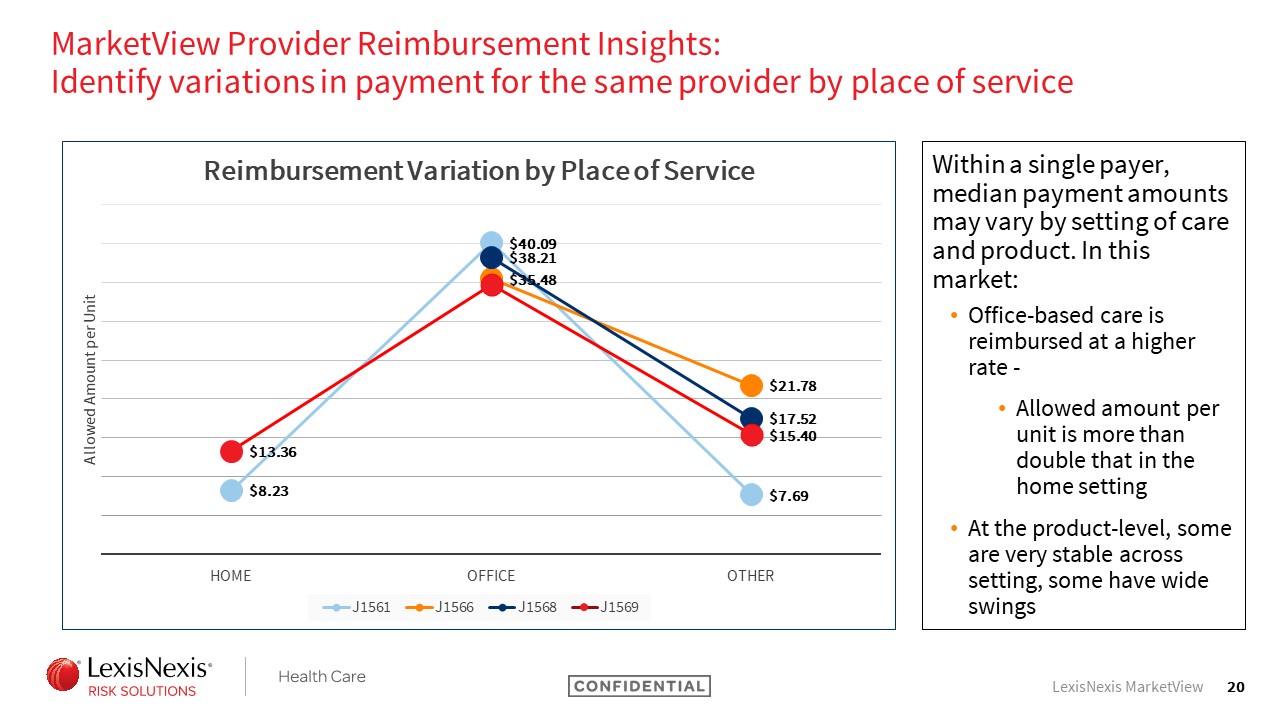
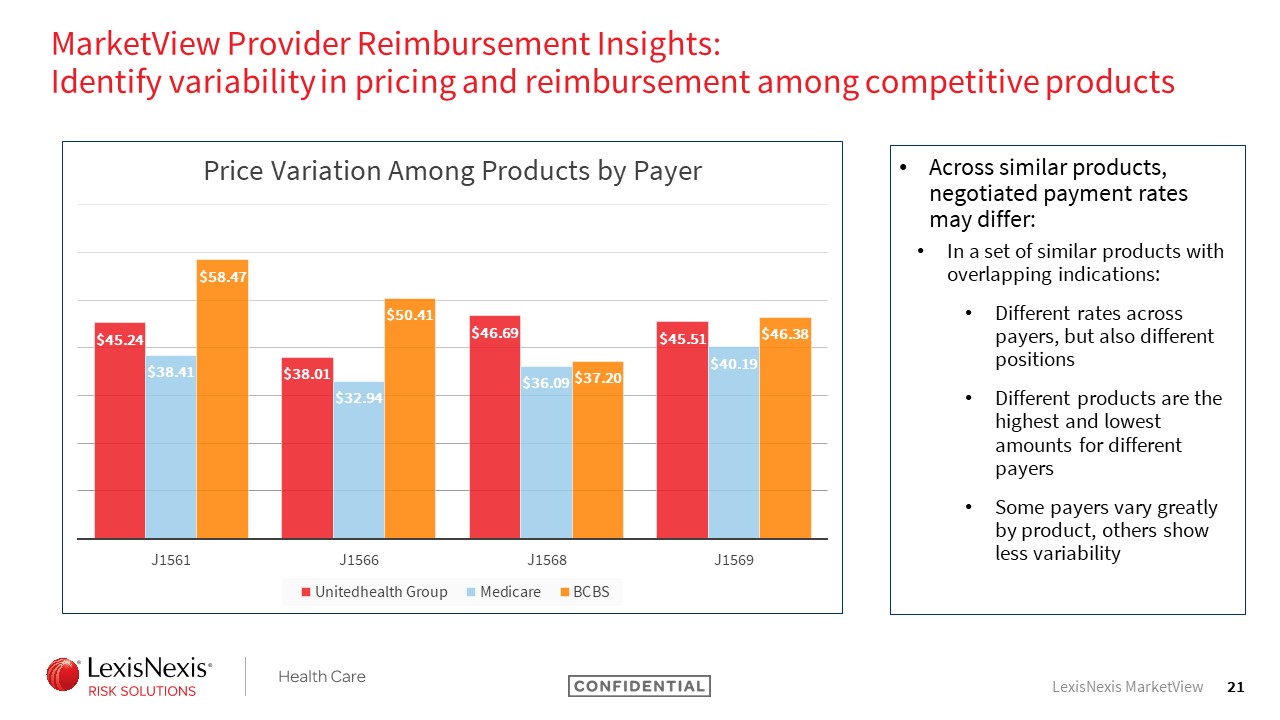
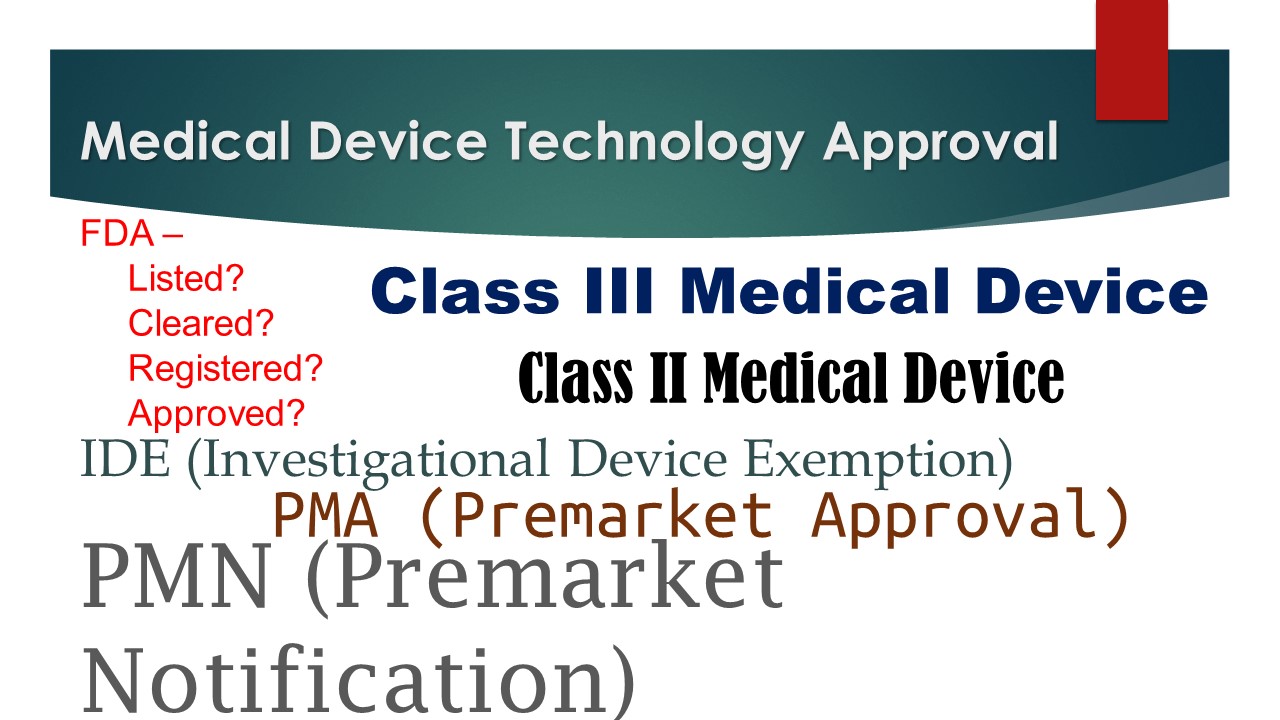








Recent Comments